As remote work surged in 2020, so did interest in using end-user experience management solutions to support digital employee experience (DEX) outside of the office. Now, with rising concerns around employee engagement and burnout, the conversation around measuring and managing the entirety of an employee’s experience is as needed as ever.
Following our webinar, “IT’s Time: Making 2021 the Year of Employee Experience,” we asked Andrew Hewitt, leading employee experience (EX) analyst at Forrester, for his insights on how organizations can understand and improve holistic EX.
Keep reading to see his responses or download the PDF.
Employee Experience Q&A with Andrew Hewitt
1. How do I measure EX and how do I start?
To measure EX, you need to look holistically across three main factors: how does the organization empower employees to be successful? How does it inspire employees to live out the company’s values and mission? And how does the technology experience enable employees to be successful? These three buckets are the three drivers of employee engagement, so if your organization can capitalize on all three, it’s likely that the employee experience is good. A good place to start addressing employee experience is through adopting a robust employee listening program. This is more than just an annual survey, but includes more frequent pulse surveys, in-depth interviewing, and journey mapping exercises with employees to discover not just their level of satisfaction, but the unique challenges the face within their particular roles. In short, the easiest way to get started is to start with some initial research.
2. What is the role of technology in EX?
Forrester’s Employee Experience Index (EXi) reveals that technology plays a fundamental role in driving higher employee engagement. This Index, which scores employee engagement on a scale from 0-100, is made up from the three categories listed above: empowerment, inspiration, and enablement. Enablement, the category that exclusively covers technology, represents about 30% of an employee’s overall experience at work. Why does technology play such a fundamental role? Because what makes employees happiest is making daily progress in the work they feel is most important, and technology is absolutely essential for doing that. When devices and apps break, network connectivity slows down, or security policies block information access, it impedes progress, frustrates employees, and ultimately pushes them towards burnout.
“What makes employees happiest is making daily progress in the work they feel is most important, and technology is absolutely essential for doing that.”
3. How can companies translate EX improvements into business benefits/ROI?
The tricky part about EX improvements is that they are harder to quantify than other investments in, say, customer experience or business operations. That’s because they accrue over a longer period of time. For instance, most businesses are looking to improve employee retention through EX improvements. While there is definitely a link between higher levels of engagement and retention, proving that out will take years, not weeks or months. Similarly, improving EX will help organizations attract more and better talent, but it will take time for the world of potential new hires to get word that the company indeed has a great employee experience. It’s not to say that these business benefits don’t matter – they absolutely do – but expect EX to be a long-term commitment, not something you can immediately fix. Despite all this, companies can expect the following business benefits from investing in EX: higher productivity, more discretionary effort, higher brand advocacy, better CX, higher engagement, higher retention, and a larger talent pool.
4. How do I get people in my organization to act on EX metrics?
Compensate people for acting on EX. Today, just about half of IT professionals are goaled on improving employee experience at their firms. Companies that successfully pivot towards EX make it an organizational priority, and that means baking EX into goals, establishing a directly responsible individual (most likely an executive), and even hiring for brand new roles that focus specifically on EX. For example, we’ve seen organizations increasingly hiring UX researchers, digital experience architects, and in some cases, even an SVP of Digital Experience that sits within the HR organization. These hiring choices send a strong signal to the organization that the company is focused on improving EX broadly but also specifically within IT.
“Companies can expect the following business benefits from investing in EX: higher productivity, more discretionary effort, higher brand advocacy, better CX, higher engagement, higher retention, and a larger talent pool.”
5. What are the primary use cases for EUEM?
There are six core use cases for EUEM:
- Digital experience continuous improvement. Companies can use EUEM to track the overall technology experience over time.
- Proactive incident management. Companies can use EUEM to predict when devices or other technologies might break or have issues, effectively eliminating the disruption to employee productivity.
- Reductions in mean time to resolution (MTTR). Because EUEM tools are so holistic, they can help identify root cause faster, enabling organizations to fix issues quickly.
- Desktop transformation projects. We frequently see organizations using EUEM to figure out how much compute, memory, and storage they need to transform a physical PC into a VDI endpoint.
- License reclamation. EUEM has visibility over installed applications and usage, so organizations frequently use it to harvest licenses and reduce costs. This also gives insights into whether the apps are useful or not.
- Qualitative research and change management. There are no tools that can surface qualitative survey prompts directly on the device outside of EUEM tools. Organizations use these to collect valuable employee feedback, especially when they’re making major changes, like switching employees from one OS to another.
6. What sets leading EUEM platforms apart?
We looked at 10 criteria to judge the efficacy of EUEM platforms in our most recent Forrester Wave: End User Experience Management report. Out of those 10 criteria, there were three that separated the leaders from the rest of the competition:
- Qualitative feedback collection. Not many vendors can send push notifications to users devices today to collect employee feedback. Even less can set up a campaign using qualitative feedback mechanisms and combine that insight with the hard metrics collected from devices and apps. This is an area that continues to mature.
- Dashboarding. Many of the EUEM tools simply aggregate data in a simple dashboard, leaving it up to the technology professional to interpret that data. The leaders go a step further and tell tech pros what to do with that data with suggested actions, automated remediations, and large library of actions to correlate with specific events.
- Root cause analysis. This is an area that continues to evolve as vendors get more holistic and sophisticated with RCA. Most vendors do good RCA within a particular technology segment, like devices or apps, but very few are able to look across the wide scope of technologies employees use to determine root cause. We expect more investment from vendors to improve root cause analysis over the next year.
7. How can EUEM help support a remote or hybrid workforce?
What we’ve seen is that EUEM can help a remote workforce get set up by ensuring that employees have that right VPN configurations, that their VDI connections are configured properly, and that don’t have any issues with authentication into key employee systems. All of that is quantitative analysis. On the qualitative side, we’ve also seen organizations using EUEM to uncover satisfaction with the remote working environment, disseminate information about Covid-related health and safety information, and update employees of potential technology changes that could impact their remote working.
When it comes to hybrid working, EUEM will continue to play a strong role. We anticipate challenges related to continuous switching between home and corporate networks, as well as greater wear and tear on endpoint form factor, batteries, and peripherals as people become mobile again.
Take Your First Step Toward Improving Employee Experience
Looking for more insights on how to improve EX? Request a customized demo.
Subscribe to the Lakeside Newsletter
Receive platform tips, release updates, news and more



